John Milsom9780470843475, 0470843470
Covering applications in mineral exploration, engineering/environmental studies, hydrogeology and archaeology, this book puts emphasis on practical applications and the common problems and pitfalls. Simple interpretation methods are discussed with particular emphasis on preliminary interpretations as important elements in field quality control.
Field Geophysics Third Edition has been revised and updated for the modern world but keeps its popular handy pocket size for use in the field. This edition includes: New sections on the use of hand-held GPS receivers, capacitatively-coupled resistivity methods and Controlled Source Audiomagnetotellurics (CSAMT) Specific guidance in the use of common field instruments, including possible problems and how to avoid them Expanded treatments of transient electromagnetics, and the advantages and pitfalls of the use of dataloggers and automatic reading in the field
Field Geophysics Third Edition provides practical information and assistance to anyone engaged in small-scale geophysical surveys on the ground. Geophysics students at undergraduate and postgraduate levels, employees in geophysical and engineering consultancies, geophysicists and geologists in government surveys and mining companies, field archaeologists and hydrogeologists will all find this book useful.
Table of contents :
Team DDU……Page 1
Contents……Page 8
Preface to the First Edition……Page 10
Preface to the Second Edition……Page 12
Preface to the Third Edition……Page 14
1.1 Fields……Page 16
1.2 Geophysical Fieldwork……Page 20
1.3 Geophysical Data……Page 25
1.4 Bases and Base Networks……Page 37
1.5 Global Positioning Satellites……Page 40
2.1 Physical Basis of the Gravity Method……Page 44
2.2 Gravity Meters……Page 46
2.3 Gravity Reductions……Page 53
2.4 Gravity Surveys……Page 56
2.5 Field Interpretation……Page 62
3.1 Magnetic Properties……Page 67
3.2 The Magnetic Field of the Earth……Page 69
3.3 Magnetic Instruments……Page 74
3.4 Magnetic Surveys……Page 78
3.5 Simple Magnetic Interpretation……Page 83
4.1 Natural Radiation……Page 87
4.2 Radiation Detectors……Page 91
4.3 Radiometric Surveys……Page 94
5.1 Resistivity and Conductivity……Page 99
5.2 DC Methods……Page 104
5.3 Varying Current Methods……Page 107
6.1 DC Survey Fundamentals……Page 113
6.2 Resistivity Pro.ling……Page 123
6.3 Resistivity Depth-sounding……Page 124
6.4 Capacitative Coupling……Page 129
7.1 SP Surveys……Page 133
7.2 Polarization Fundamentals……Page 136
7.3 Time-domain IP Surveys……Page 138
7.4 Frequency-domain Surveys……Page 140
7.5 IP Data……Page 142
8.1 Two-coil CW Systems……Page 145
8.2 Other CWEM Techniques……Page 156
8.3 Transient Electromagnetics……Page 160
9.1 VLF Radiation……Page 165
9.2 VLF Instruments……Page 172
9.3 Presentation of VLF Results……Page 175
9.4 Natural and Controlled-source Audio-magnetotellurics……Page 179
10.1 Radar Fundamentals……Page 184
10.2 GPR Surveys……Page 188
10.3 Data Processing……Page 192
11.1 Seismic Waves……Page 196
11.2 Seismic Sources……Page 200
11.3 Detection of Seismic Waves……Page 205
11.4 Recording Seismic Signals……Page 209
12.1 Re.ection Theory……Page 214
12.2 Re.ection Surveys……Page 218
13.1 Refraction Surveys……Page 224
13.2 Field Interpretation……Page 228
13.3 Limitations of the Refraction Method……Page 233
Appendix Terrain Corrections for Hammer Zones B to M……Page 240
Bibliography……Page 242
Index……Page 246
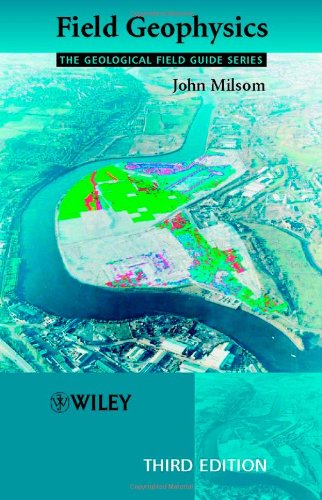
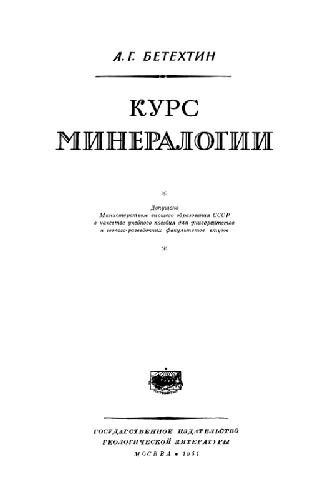
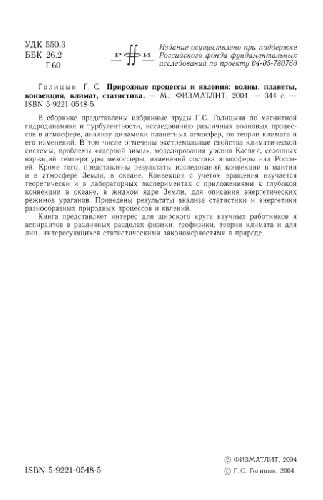

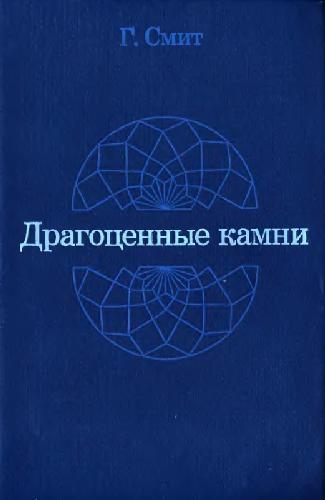
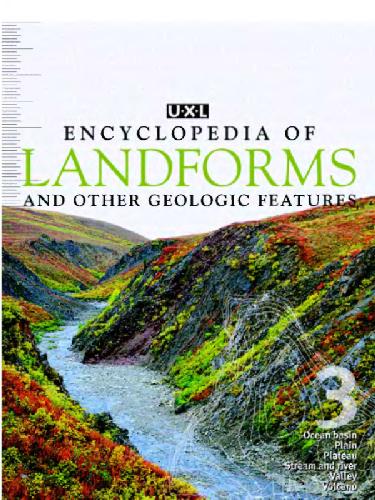
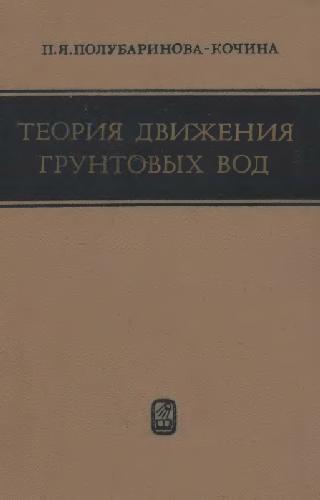
Reviews
There are no reviews yet.